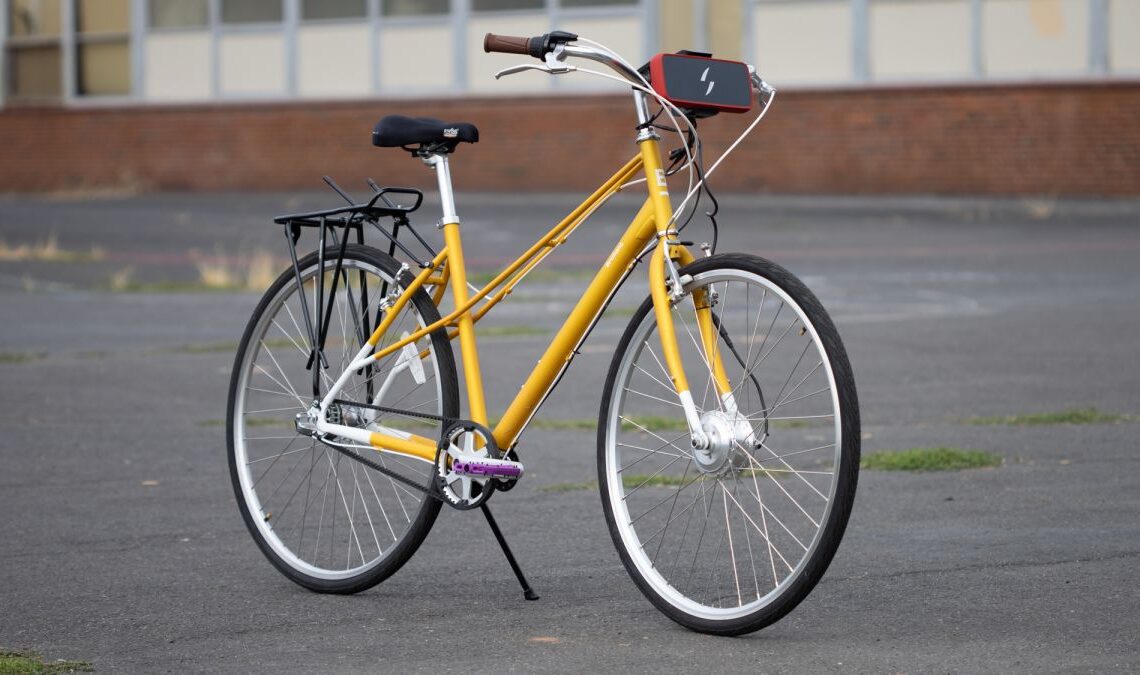Electric bike conversion kits provide a potentially less expensive route into electric bike use than buying one of the best budget electric bikes. If you’re thinking of going down this route, there are a wide range of kits available via Amazon, other retailers or direct from the manufacturer. They all fall into one of a few types though and we’ll explain these and go through the pros and cons of each here.
If you have a bike that you could convert to electric assistance, buying a kit may seem like the obvious way to go. It’s worth considering if this really is the most cost-effective option before buying a kit though; read our post on the pros and cons of electric bikes vs electric bike conversion kits to help you decide.
Front hub
Pros: Reasonably easy to install
Cons: Need to replace a wheel, which can affect steering and handling
Front hub kits usually include the motor pre-installed in a front wheel, which you use to replace your existing wheel. Clearly, this needs to fit diameter-wise as well as width-wise in your fork legs and also use the same type of braking standard (disc or rim) and axle standard as your existing wheel.
We’ve reviewed a couple of designs, including the Cytronex, Bafang and Swytch kits.
Having replaced your wheel, it’s then a case of wiring up the battery and control electronics. This usually makes for relatively simple installation, although if the battery sits on your frame rather than your steerer, the wires to the motor will need to be routed around the bike’s headset and down a fork leg, which can be awkward with the heavy-duty cables required.
Among the disadvantages of front hub motors is that they can alter the weighting of your steering and so affect your bike’s handling. Often the battery sits on the front of the bike as well, which can further exacerbate handling issues.
Your front wheel is relatively less weighted than your rear, so adding power to it from the motor can also induce slip if the road is wet.
Bottom bracket
Pros: Weight is low down and central so less effect on handling
Cons: More complex to install, may not work with all bottom brackets, added torque may increase drivetrain wear
A bottom bracket mounted, or mid-drive, motor powers the bike through its chainset, chain and back wheel. It’s a position that puts the motor low down and central on the bike, so it should avoid…
Click Here to Read the Full Original Article at CyclingNews RSS Feed…

